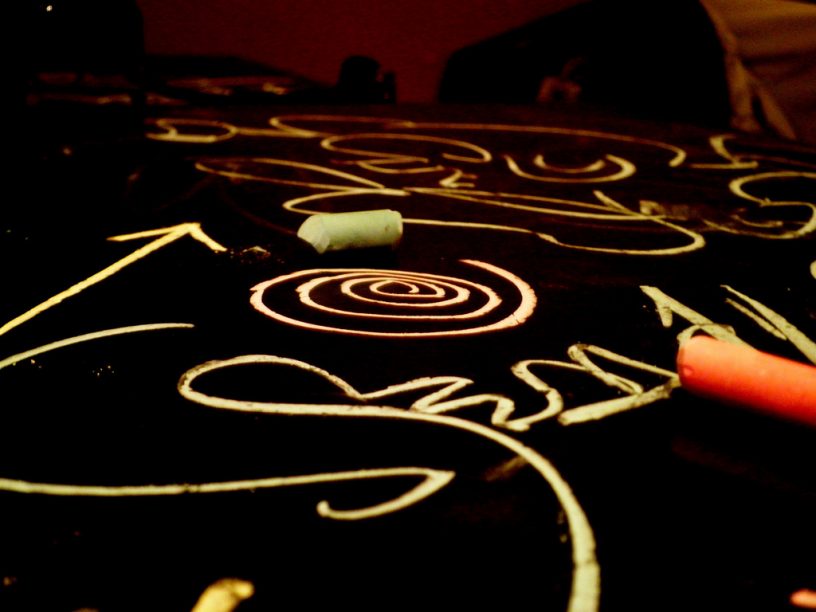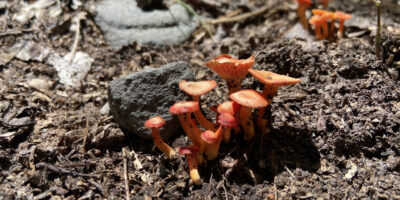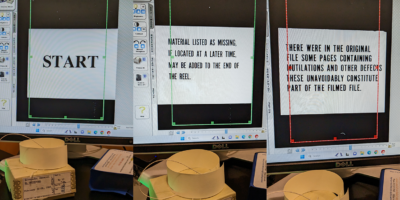By Avra Spector
I like to begin class discussions with something concrete—what we know—and then move on to more abstract or conceptual questions. Frequently I’ll start by drawing out the concrete on the whiteboard (in words or a festive scrawl picture) and then noting, usually in a different color pen, and based on student input, what we want to do with it: what we as a class want to ask or problematize, what we want to put in relation, etc. It’s helpful for me and my students to see not only the questions we’ve raised or the thoughts that have come up during discussion, but also a map of how we got there. Discussion in my classes takes a number of forms and serves several purposes, but regardless of the stated objective, if I can trace the path of thinking on the board, then it can become a model that students can emulate and practice in study groups or even on their own.
At various points, I’ll pause the discussion and ask students to work on something specific that’s on the board: to pursue a question, to find a textual connection to support or extend a point, etc. Each small group might work on a particular part of our class ‘map’ and then share their findings —either by going up to the map and adding information or by relaying it verbally while I annotate. Alternatively, students might work individually on a section of text before we come back together and share our thinking. Pausing throughout gives students time to take in the information that’s on the board; realize that it’s in flux and can grow and modify as we think through it; and (hopefully!) make notes for themselves. Finally, it also gives those students who like to write out their thoughts before verbalizing them the opportunity to compose a few contributions.
Avra Spector is a Ph.D. candidate in Comparative Literature and a TLC Fellow.









Leave a Reply